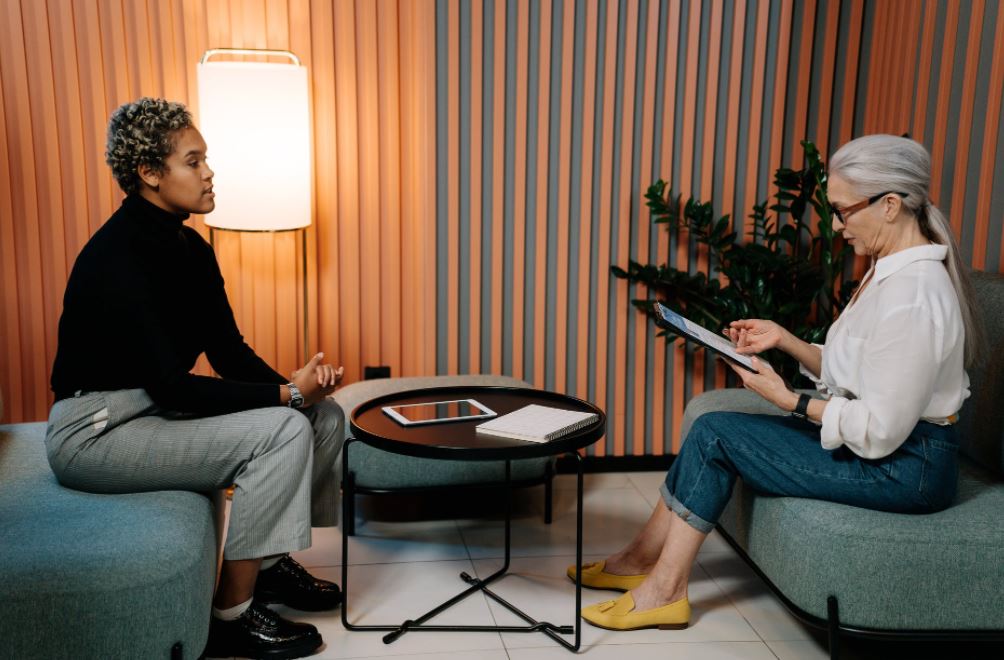The Rise of the Video Résumé

While requests for video job applications are now in the minority, it’s not hard to imagine that a generational shift toward them will increasingly occur, writes Joseph Barber.
Despite significant changes in technology and media in our daily lives over the last 20 to 30 years, the humble one- or two-page résumé has remained a remarkably consistent tool in the job application process. You can read more about the history of the résumé here. Tools like LinkedIn have certainly brought the résumé to the digital age, but despite some of its additional media features, most people’s profiles are still based on a text-heavy summary of skills and experiences.
How might this landscape change in our current era, when video rules social media, and when people’s skills and experiences are often better illustrated in action than written about in summary?
Well, first off, the general state of the job application landscape still favors the written résumé format. Yet there tends to be a great diversity of application approaches when looking at small, energetic start-ups where client interaction, sales or marketing are key parts of the role.
Take this customer success manager position at a start-up that is “looking for a full-time kick-ass CSM that we can groom into management.” In terms of applying, they state, “If you’re interested, we’ll send you a short competency test (one that includes sending us a quick video). If you seem like a fit, we’ll interview, and take it from there.” Based on this description, they don’t seem to want a résumé at all for this particular job.
In another job ad for a sales representative role, the employer states that they are looking for someone to “interact directly with prospects via phone, video, email and online conference calls using a leading screen-sharing platform. Cover intro is not required, though very helpful. You may voluntarily send a short, less than four minutes, video to tell your story.”
(As a best practice aside, if a job description says that you have the option to send something, whether that is a cover letter or a video in this case, or sample syllabi for a faculty position, it is well worth the time to make these optional materials a dynamic and impactful part of your application. It is a little more work up front for you, but it can really help to demonstrate your proactive and creative skills to hiring managers.)
And as a final example of a video-centric application process, I found a director of marketing role in a company that defines itself as “not your standard, boring, big corporation. We are a small, agile, fun business that employs brilliant, bright and unique people.” In addition to overtly stating that “We hire people that are good at working with a team. We don’t hire a**holes!” this employer asks for the following:
“Please send us a personalized cover letter with video and résumé that includes:
- Your past experience
- Your interest in e-commerce
- Your superpower/s (what you’re amazing at)
- A situation that you have showed proactive problem-solving skills
- Anything else that makes you awesome
“One more thing … We’d also appreciate a short video from you (just send the link at the start of your cover letter) of you talking about the above. You know how it works … you get a feel for people via video, so let’s get that started now!”
While these types of requests for video applications are in the minority, and will be role specific, it’s not hard to imagine that a generational shift toward this approach in hiring in some fields will increasingly occur. In fact, that future could look a lot like this pilot program at Tik Tok, which is “teaming up with select companies” and “offering the platform as a channel for recruitment.”
The challenge of this type of application approach right now is there’s generally no agreed-upon format for a video résumé in terms of content, length and so on. From a hiring manager perspective, it is likely to be quite hard to compare candidates with similar skills from various educational and experiential backgrounds who have vastly different approaches to their video submissions. Also, I find it almost impossible to be on Tik Tok and not be distracted by videos of cats, how to make ice cream bread in the oven or why I need to buy a dash cam — but maybe that’s just me.
All that said, for more mainstream job applications that don’t require or ask for video materials, you can still leverage video to help people get a feel for you. LinkedIn now gives you the opportunity to turn your profile picture into a video introduction with their “Cover Story” tool. Once you have recorded your video, someone who views your profile will see a silent preview of it momentarily take the place of your profile photo — they then can click on this to see the full video. Since most hiring managers are likely to view your LinkedIn profile at least once during the hiring process, having a professional video that supports what you have said about yourself in your customized application materials can be helpful.
The emergence of required video CVs specifically for faculty positions is probably not something coming in the near or far future, but that doesn’t mean that video can’t play some role in applications for faculty roles. I’ve spoken with new faculty members who said that they included links to videos demonstrating their teaching approaches and philosophies, for example. While no search committee member is going to be eager to watch a one-hour, poorly lit, hard-to-hear video of a candidate teaching in a windowless classroom, that doesn’t mean that you can’t create more purposeful, shorter videos that show you teaching as an illustration of your approach.
And this is really the key to any video that you are creating to showcase your skills, knowledge or experience in a professional, career-relevant setting: it has to look and sound good. That means good lighting, good sound, HD video and lots of postproduction editing to make it a seamless, engaging asset to your applications. While you should format your written résumé so that no one ever notices your formatting, it’s best to edit your video résumé so that the background and ambience actually enhance your content.
Where to Start With Video Résumés?
You won’t find much consistent advice out there right now on the best way to market yourself in a video résumé, should you need one. But a good place to start is to be comfortable with the “tell me about yourself” question that often pops up in an interview. Your answer to this question should be somewhat thematic in terms of creating a unified and coherent narrative about you that helps your different experiences make sense to your audience. So rather than “I am a Ph.D. student,” which is not very informative or distinctly personal about you from a branding perspective, try to identify a more meaningful theme. For example: “In all of my work and research, I have always managed to bring a creative perspective that has opened new doors. As a Ph.D. student …”
The answer to the “tell me about yourself” question will be as unique as you are, but it should leave a lasting, positive impression in the minds of your audience — something that is especially relevant to it. In this way, a video résumé will be similar to the traditional résumé in that it really has to be tailored to whoever will review it. You can talk about yourself in many different ways, but the most effective narrative will be the one that resonates the most with your audience.
Can the video format potentially lead to more discrimination in terms of race, gender, ableness and more? Quite possibly. That is one reason why photos are not common on American résumés — to prevent overt discrimination to a small degree.
Will video résumés give people with more technological savvy an advantage? To a certain extent, yes. But beyond fancy editing software, filters or even special effects, your personality in the video will still count for a lot.
Do video résumés give extroverts more opportunities than introverts? Here I would say no. Introverts can actually do quite well creating dynamic, energetic videos about themselves, especially when no one else is around while they make them. – Joseph Barber, University of Pennsylvania

Hakan Ozturk
Founder, theCScafe.com, #1 Weekly Customer Success Newsletter
Hakan Ozturk is a Paris-based Customer Success leader with over 15 years of experience in the computer software industry. Passionate about driving growth and delivering value to strategic customers, Hakan has established himself as a trusted industry expert. As the Founder of The Customer Success Café Newsletter and TopCSjobs.com, Hakan provides valuable industry insights and daily-updated job opportunities worldwide in the field of Customer Success. Connect with Hakan to boost your career in CS and your company’s potential for massive growth.

Leave a Reply